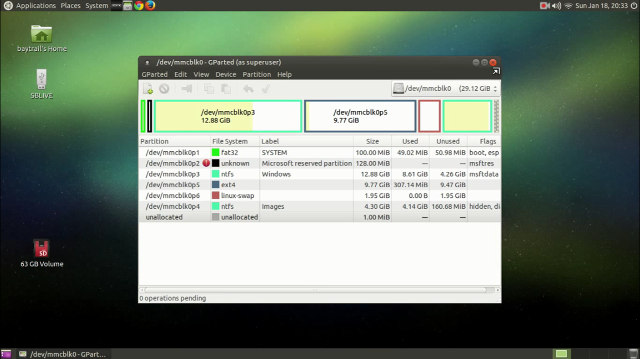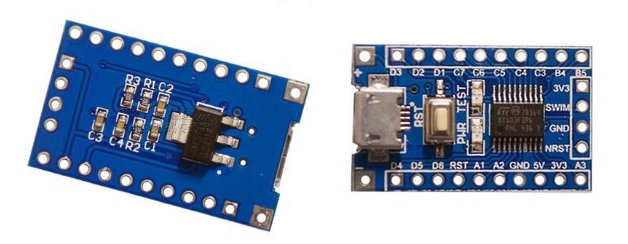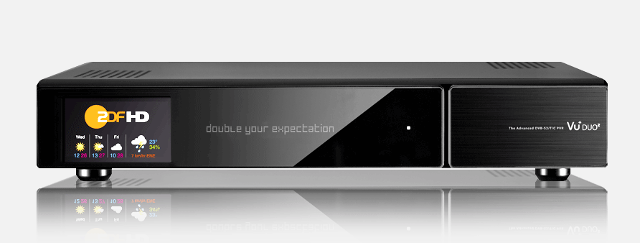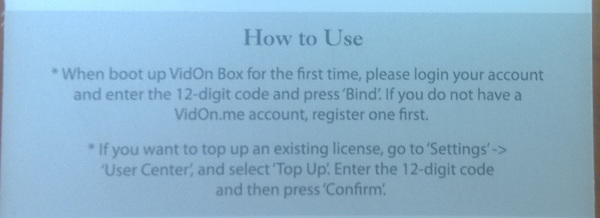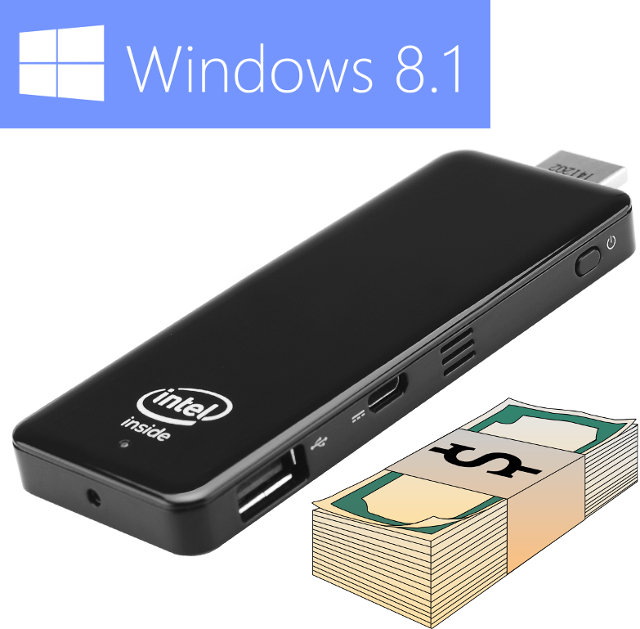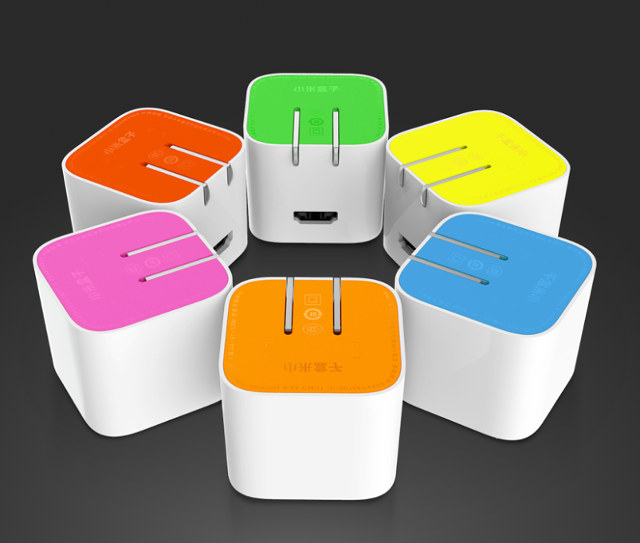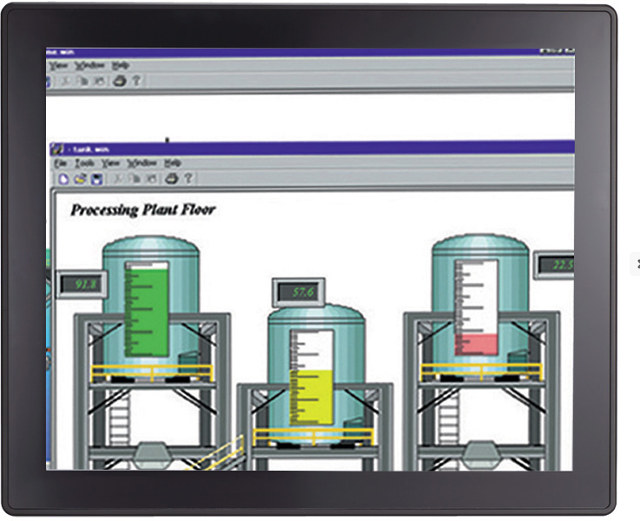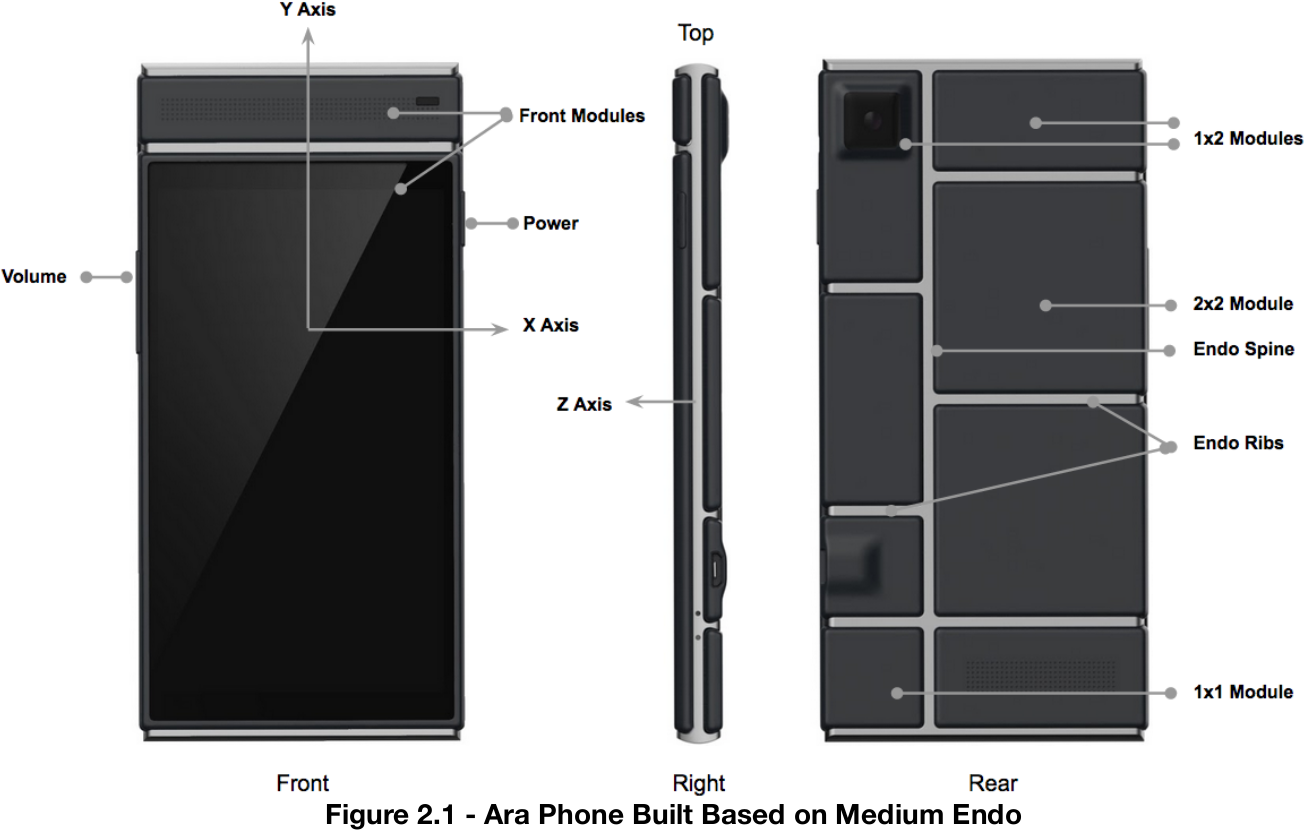MeegoPad T01 has recently been shown to boot Ubuntu and Android, but no installation disk had been provided so far. But thanks to deadhp1, there’s now a “beta” Ubuntu 14.10 image with MATE desktop environment available for download in order to try or install Ubuntu on MeegoPad T01, and other Intel Atom Bay Trail-T devices. Before you decide to try or install the image, be aware that audio and Bluetooth are not working for now, but everything else should work, including hardware video decoding in Kodi. If your device is not using a Realtek rtl8723bs module, Wi-Fi won’t work, and you may need to use a USB Ethernet dongle to get IP connectivity. The instructions will keep your Windows 8.1 installation too, albeit I suppose you could also wipe out the Windows 8.1 partition completely and run Ubuntu only on the device. If the instructions are not followed carefully, you […]
Meet STMicro STM8S Based One Dollar Development Board
ESP8266 modules are $3 Wi-Fi boards targeting IoT applications that can be used in standalone mode, or connected to another MCU based board. But what if you don’t actually need Wi-Fi, but instead require a tiny board to control a few GPIOs? Arduino Pro mini can be used for this, but it costs about $10 on Sparkfun, and it’s certainly cheap enough for most projects. Switching to Aliexpress, you can get Arduino Pro mini clones for about $2, and a bit less in 10 pieces quantities. But you can get even cheaper and add a micro USB port with STMicro STM8S based boards that can be found for 5.5 CNY (Less than $1) on Taobao.com, or – once oversea shipping is factored in – about $1.60 to $1.70 on BuyInCoins, or Aliexpress without headers, and the version with headers sells for about $2 or more. Let’s check the board specifications: […]
Linux based Vu+ DVB Set-top Boxes Now Support XBMC/Kodi
Vu+ Duo2, Solo2 and Solo SE are high-end Linux based DVB receivers powered by Broadcom processors made by Ceru, and with a relatively active community of users and developers. All three models have recently received support for XBMC in their “Black Hole” firmware. Solo SE is the most recent model having been released in 2014, against Duo2 and Solo2 that have been selling since 2012 according to Wikipedia. Since I’ve never heard about these, I’ll check out Duo2, as it comes with the most features out of the three. Vu+ Duo2 specifications: SoC – Broadcom BCM7424 dual core MIPS processor @ 1.3 GHz with VideoCore IV GPU System Memory – 2GB RAM Storage – 1 GB NAND flash + SATA III interface for 2.5″ and 3.5″ HDD (internal) + eSATA + Video Output – HDMI, SCART, Composite, and Component (YPbPr) Audio Output – HDMI, stereo audio, and optical S/PDIF Tuners – […]
Mini Review of VidOn Box Android Media Player
Vidon Box is an Allwinner A31s based TV box made by Vidon.me, a Diamond sponsor for Kodi entertainment center. I’ve already listed specs, subscriber services, and uploaded pictures in the unboxing post, so it’s time for a review. Since Allwinner A31s has been around for a while, I’ve decided to write a shorter review. First Boot, Setup, and First Impressions Since the box provides some services with a subscription, with a free 1-year top-up card included, you’ll probably want to register an account on Vidon.me first, as it’s needed to activate all services in the box as shown on the back of the top-up card. After the optional Subscription is $14.99 per year, and it’s only needed if you need features like Blu-ray navigation, or audio pass-through. The simple remote included does the job if you only use the box for settings and XBMC, but otherwise you’ll need an air […]
Understanding Windows 8.1 Licenses with MeegoPad T01 (and Other Intel Atom Bay Trail mini PCs)
MeegoPad T01 was initially announced as a dual boot Windows 8.1 and Android 4.4 HDMI Stick, and it became quite popular. But as it has recently started shipping, Android is gone, and people who receive it only have Windows 8.1 to play with. Unfortunately, as the review embedded at the end of this post clearly indicates it’s running with a Windows 8.1 trial version that needs to be activated and with an invalid serial number, so it can only be used for 30 days… Normally, I would not be so interested in a Windows 8.1 only device, but since many people seem to have acquired one, it’s probably useful to look into what can be done about the license. So what could you do? There are several options: One person decided to buy a Windows 8.1 License. Cost? $119.99 + $7.20 for tax for a grand total of $127.19, or […]
Mediatek based Xiaomi Mi Box mini Android TV Box Sells for $32
Today (2015/01/15), Xiaomi has launched four new products: Mi Note and Mi Note Pro 5.5″ Android smartphones powered by Qualcomm Snapdragon 801 and 810, Mi Headphones (audiophile-grade), as well as Mi Box mini. The latter is a tiny Android TV box powered by a quad core ARM Cortex-A7 processor, with 1GB RAM and 4GB Flash, and selling for just 199 RMB in China (~$32 US). Mi Box mini specifications: SoC – Mediatek MT8685A quad core ARM Cortex A7 @ 1.3Ghz with Mali-450MP4 GPU (4 fragment + 2 vertex cores) System Memory – 1GB DDR3 Storage – 4GB eMMC 4.5 flash Video & Audio Output – HDMI up to 1080p with Dolby and DTS pass-through Video Codecs – Support H.265 Connectivity – Dual band 802.11 b/g/n Wi-Fi + Bluetooth 4.0 Power Supply – Integrated into device. 100-240V input Dimensions – 38 x 38 x 38? mm Weight – 73 grams The […]
Axiomtek Introduces a Fanless 17″ Touch Panel Computer Powered by Intel Celeron J1900 Processor
Axiomtek, a Taiwan based manufacturer of industrial computers & embedded systems, has (not-so-recently) launched GOT3177T-834-FR fanless panel computer with a 17″ multi-touch screen, and powered by an Intel Celeron J1900 “Bay Trail-D” quad core processor with up to 8GB RAM, and SATA or CFast interfaces. Target applications include transportation, train, control platform of ships, heavy industry, and oil pipe monitoring systems. GOT3177T-834-FR panel compute specifications: SoC – Intel Celeron Processor J1900 quad core processor (2M Cache, up to 2.42 GHz) with Intel HD graphics System Memory – 1x 204-pin DDR3L SO-DIMM socket (Maximum memory up to 8GB) Storage – 1x 2.5” SATA, 1x CFast slot or mSATA Display – 17” SXGA(1280×1024) LCD with LED backlight; Flat resistive touch Audio – 1x Line-out Connectivity – 2x RJ45 for Giga Ethernet (Intel i210IT), optional WLAN/3G module & antenna USB – 2x USB 3.0 port, 2x USB 2.0 host ports Serial – 2x […]
Project Ara Modular Phone Update
The modular phone concept started with PhoneBloks, whose founders shortly got to work with Motorola Project Ara, and since Google bought parts of Motorola, the concept is now part a Google’s project. Project Ara Developers Conference 2015 has taken place yesterday in California, but if you’ve missed it, another one is planned in Singapore on January 21, and it will also be live-streamed. We’ve now got a bit more information, a neat video has been uploaded to YouTube showing how a battery, a (broken) display, speakers, and camera modules would slide into the phone, and a pilot project has started in Puerto Rico. Google has very recently shipped Spiral 2 developer hardware enable prototyping and development of modules for the Ara platform. The kit consists of: A board with the UniPro Switch in the Ara endoskeleton and multiple modules interfaces with UniPro Bridge ASICs (Tosbiba T6WM8XBG-0001) supporting multiple bridged and tunneled protocols; An […]


